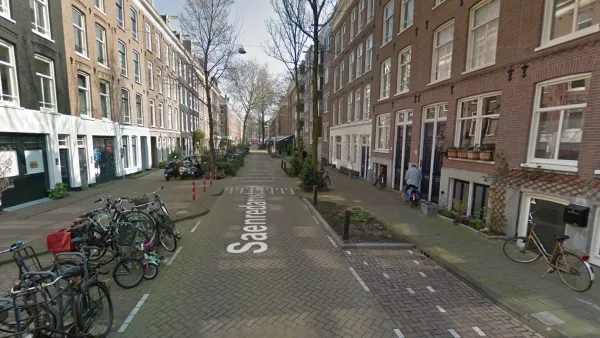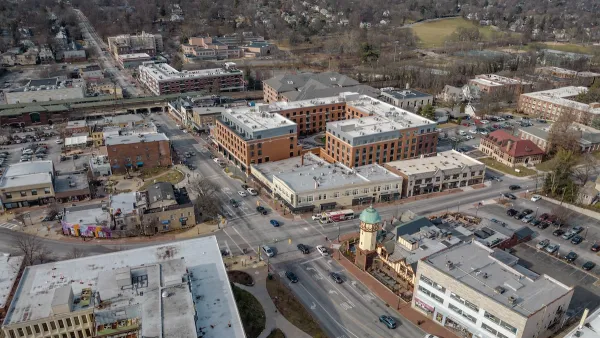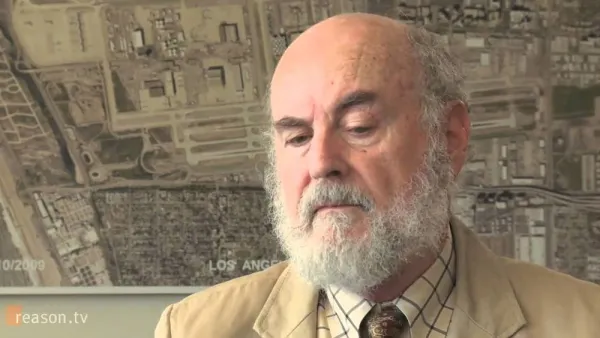New research out of the University of Connecticut shows that making room for parking in cities only leads to more cars, and less people and economic development.
Building on research from the University of Pennsylvania that validated the idea that more space for cars in dense cities translates to less space for people, Chris McCahill and Norman Garrick "found that cities with higher rates of driving have fewer people – a difference of more than 4,000 people per square mile for each 10 percent change in automobile use," in work published recently in Urban Design International.
The authors look at the histories of six cities that bolstered their parking beginning in the 1960s to "support economic development and help their cities compete with the surrounding suburbs."
"If the function of parking in these places was to enable growth and development, the data suggests they were abysmal failures," note the authors. "The number of people and jobs dropped by as much as 15 percent and the median family incomes fell by 20 to 30 percent in some places. Today, these places still struggle to compete in their regions."
However, in the three cities that changed course in the 1980s to limit the provision of parking, the authors found a different outcome. "Even as they cut back on surface parking, the number of people and jobs climbed upward, as did incomes. Less parking in these places has meant the urban fabric can be stitched back together and there is more space for shops, restaurants, jobs and other things that make cities great."
FULL STORY: Cars and Robust Cities Are Fundamentally Incompatible

Analysis: Cybertruck Fatality Rate Far Exceeds That of Ford Pinto
The Tesla Cybertruck was recalled seven times last year.

National Parks Layoffs Will Cause Communities to Lose Billions
Thousands of essential park workers were laid off this week, just before the busy spring break season.

Retro-silient?: America’s First “Eco-burb,” The Woodlands Turns 50
A master-planned community north of Houston offers lessons on green infrastructure and resilient design, but falls short of its founder’s lofty affordability and walkability goals.

Test News Post 1
This is a summary

Analysis: Cybertruck Fatality Rate Far Exceeds That of Ford Pinto
The Tesla Cybertruck was recalled seven times last year.

Test News Headline 46
Test for the image on the front page.
Urban Design for Planners 1: Software Tools
This six-course series explores essential urban design concepts using open source software and equips planners with the tools they need to participate fully in the urban design process.
Planning for Universal Design
Learn the tools for implementing Universal Design in planning regulations.
EMC Planning Group, Inc.
Planetizen
Planetizen
Mpact (formerly Rail~Volution)
Great Falls Development Authority, Inc.
HUDs Office of Policy Development and Research
NYU Wagner Graduate School of Public Service




























